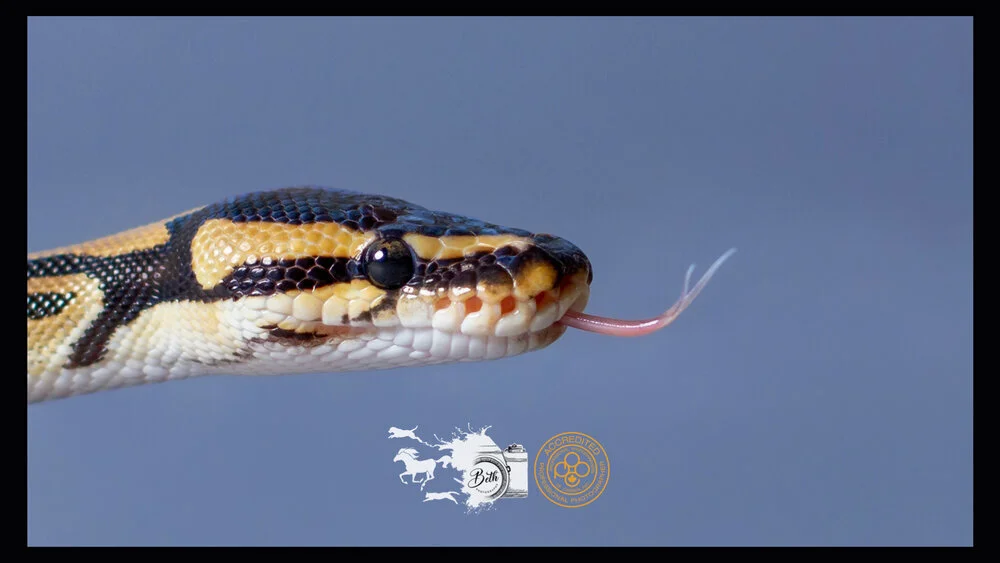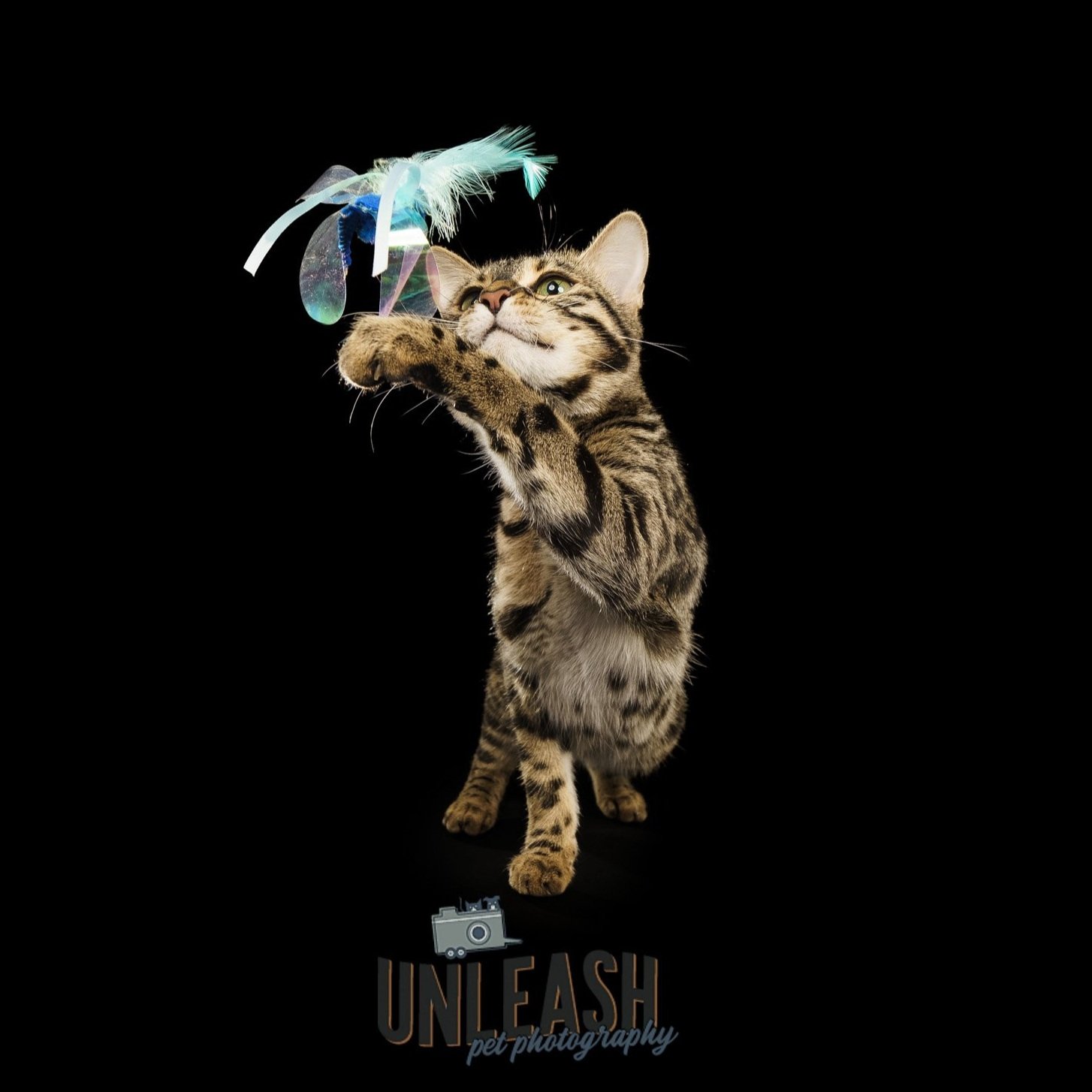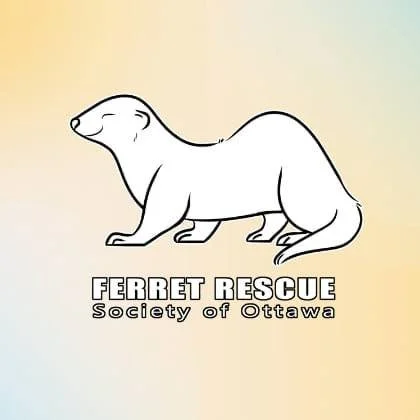What options do I have for my pet’s aftercare?
/PET AFTERCARE
What is aftercare? After your pet has passed away the process of physically looking after the body and handling the remains is termed aftercare. Being able to honor your loved one and memorialize them is an important part of the grieving process.
As anyone who has owned a pet knows, they can truly be one of life’s greatest companions. Our pets are part of the family and they share their love and loyalty in ways we could never have imagined.
Once your pet is no longer able to enjoy a good quality of life - it may be necessary to make one of the most difficult decisions of your life. Your veterinarian will be able to offer support in this regard along with information about euthanasia. You can have your beloved pet cremated with the ashes returned to you or buried in a pet cemetery.
In Ontario, it is NOT against the law to bury your pet in your backyard if you own the property as long as it is covered by at least 2 - 4 feet of soil, and is placed at a sufficient distance from any water supply. However, it is best to check with your Municipality first to ensure there is no local bylaw prohibiting the burial.
In Quebec, IT IS illegal to bury your pet in your backyard for environmental and public health reasons. However, there are exceptions if the animal is being buried on a farm.
Here are a few local businesses who specialize in Pet After Care Options such as pet funerals, memorial products, pet loss support lines/groups, books, and counsellors who specialize in pet bereavement:
Ottawa Humane Society - Virtual Pet Loss Support Group - https://ottawahumane.ca/your-pet/pet-loss-support-groups/
Ontario SPCA - Pet Loss Support Group - https://ontariospca.ca/pet-loss-support-group/
Gateway Pet Memorial Services, Ottawa - https://www.gatewaypetmemorial.com/
Paws at Rest Pet Funeral Home, North Gower/Ottawa - https://pawsatrest.ca/
Lindenlea Mobile Veterinary Services, Ottawa and Gatineau - https://www.veterinaryathomeeuthanasia.ca/
Claire Place Veterinary Hospice, Manotick - https://www.hospicevet.com/
Eternal Companions, Ottawa and Montreal - https://compagnonseternels.ca/en/services-rates/
Pet Friends, Vaudreuil-Dorion - https://www.noscopains.ca/
List of Pet Cemeteries in Ontario: https://www.furevermemorials.com/pet-cemeteries/pet-cemeteries-in-ontario-canada/
PET MEMORIAL
Doing something special to preserve the memory of your beloved companion can be very therapeutic. The important thing is to do something from your heart that will help you remember your pet and process your grief.
1. Create a Pet Photo Album
One great way to remember your pet is with an album full of photos of the good times you shared. From the time they were a kitten or a puppy til the day they passed on, you probably have many photos to reminisce with.
You can use physical photos and customize each page of the album, or make a digital album to look at.
There are many good, easy-to-use digital photo frames available nowadays. You could upload your pet pictures to one of these frames and display it somewhere in your home as a constant reminder of all the loving moments you experienced with your pet.
Another option is to upload your pictures to an album on your social media account. Then, friends and family can remember your pet as well and comment with any special memories they may have.
Maggie was my husband’s best friend, his trusty adventure buddy. Whether camping in the woods, going for car rides, or just chilling on the sofa, she was always happiest by his side.
I'm grateful we had a session with them before we learned about her cancer. Maggie's passing hit my two children hard. They grew up with her, and they miss her every day. But when they walk by her picture, I see them smile and remember all the fun times they shared with her.
That's why I started offering End-of-Life Sessions for my clients. A pet photography session at this stage is so important. It helps capture precious memories with your beloved pet, creating keepsakes to cherish forever. These photos honour the love and joy your pet brought into your life. Plus, the session can bring closure and healing during a tough time. It's a beautiful way to express your love and gratitude for your furry friend while preserving their legacy. And the photos can be used to create lasting memorials, like albums or framed prints, keeping their memory alive for years to come.
2. Commissioning a painting
Getting a painted portrait of your pet done is a wonderful idea as a pet memorial as it captures the unique personality and essence of your beloved companion in a timeless and artistic way.
3. Get a Tattoo in Memory of Your Pet
If you’re the type that would rather carry a memory around with you for all to see, you could get a tattoo portrait of your pet.
Instead of (or in addition to) a portrait, you could opt for a tattoo of the name of your pet, a paw print, or a special quote that will remind you of your pet.
No matter what you choose, a tattoo is definitely one of the most dedicated ways you can remember your beloved pet.
4. Create a 3D Tribute to Your Pet
A shadow box or 3D collage is another way you can memorialize your pet that has passed. If you still have items that belonged to your pet, such as a leash, collar, tags, etc., you can arrange them in a shadow box as a nice display in honor of your pet.
You can also get your kids involved and have them help you make a 3D collage. This can include paintings or drawings of your pet and his or her favourite things, plus anything 3-dimensional you might want to put on there, such as old chew toys, special blankets, bandanas, food bowls, and more.
Spending time with your family while you create these tributes will help you all to celebrate your pet’s life in a meaningful way.
Pinterest DIY 3D tribute
5. Create a Pet Memorial Garden
If you prefer to express your creativity outdoors, consider establishing a memorial garden to ensure your pet is always remembered. Memorial gardens can vary in size, allowing you to customize them to your preference.
You can plant flowers, plants, or trees in your own yard, or you may choose to purchase space in a local park to plant a tree in honor of your pet. Each time you see these plants or trees, you'll be reminded of the joyful moments shared with your beloved companion.
In our household, we've dedicated a section of our vegetable garden for our pets' memorial stones, which were crafted by my children. However, you also have the option to commission a custom tombstone or opt for a traditional burial service at a pet cemetery.
6. Go for a Walk/Hike
Take the whole family and go on a walk or hike in honour of your pet. You could take a walk on a familiar path that your dog loved to go on, or hike somewhere that you think he or she would have enjoyed. Even if your thoughts are with a beloved indoor-only cat, you could also go on a walk outside in an area your pet may have gazed upon from their favourite perch.
7. Donate or Volunteer in Your Pet’s Name
There are many local rescue groups and charities that would love to honour your pet by assisting other animals in need. Donations can be monetary, but many rescue organizations also accept donations of dog and cat food, old towels and blankets, etc.
You could also donate your time and volunteer to support your favourite animal charity with anything they might need. In addition to working with animals, many organizations need other types of help, such as administrative work, publicity for the charity or local events, and more.
PET SYMPATHY
Sending a friend who has lost a pet a sympathy gift can provide comfort during a difficult time. Here are some ideas:
Personalized Pet Memorial: Create or purchase a customized memorial item such as a photo frame, engraved plaque, or ornament with their pet's name and a heartfelt message.
Memorial Jewelry: Gift them a piece of jewelry, like a necklace or bracelet, featuring their pet's name or a paw print charm to keep their beloved pet close to their heart.
Memory Book: Put together a scrapbook or memory book filled with photos, anecdotes, and memories of their pet. This can serve as a cherished keepsake to honor their furry friend.
Comfort Items: Provide items that offer comfort, such as a cozy blanket, scented candle, or relaxation gift set to help ease their grief and provide a sense of warmth and solace.
Plant or Tree: Give them a potted plant or tree to plant in memory of their pet. Watching it grow and flourish can serve as a living tribute to their beloved companion.
Sympathy Card: Send a heartfelt sympathy card with a personal message expressing your condolences and offering support during this difficult time.
Pet Loss Book or Resource: Offer a book or resource on pet loss and coping with grief to provide comfort and guidance as they navigate their emotions.
Donation in Their Pet's Name: Make a donation to a pet-related charity or organization in their pet's name as a meaningful way to honor their memory and make a positive impact.
Comfort Food Basket: Put together a basket of comforting snacks, tea, or coffee to provide nourishment and a moment of respite during their grieving process.
Virtual Hug: Sometimes, the simple act of reaching out with a phone call, video chat, or heartfelt message to let them know you're thinking of them can provide immense comfort and support.
Remember to choose a gift that reflects your friend's personality and preferences, and most importantly, let them know that you're there for them during this challenging time.
Custom Card from Seeded Memories located in Ottawa







































